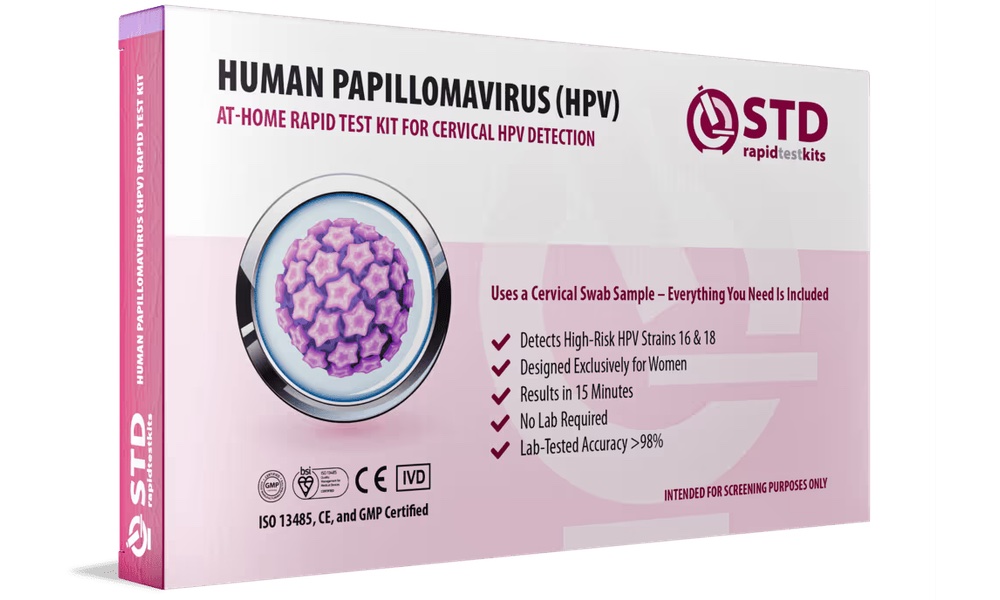The sniffling, sneezing, coughing, aching, stuffy head season is just around the corner. Americans have an estimated one billion colds and upper respiratory tract infections each year which account for 10 percent of the 1.3 billion annual visits to emergency rooms and doctor's offices.
Thus far, the search for a cure for the common cold has turned up nothing. Whatever you do or whatever you take, you're just going to feel bad for a week to ten days. In an effort to feel better, Americans spend $4.2 billion every year on over-the-counter medications - and even more on alternative therapies - to cure or treat a cold. There are some medications that can ease the symptoms, but nothing has been found to cure a cold but time.
After 18 months, 593 upper respiratory infections were reported in the group who received vitamin D supplements and 611 were reported in the placebo group.
With all of the research into the preventive and curative effects of vitamin D, could it be the elusive cure for the common cold? Researchers at the University of Otago in Christchurch, New Zealand set out to answer that question. They conducted a study to see if vitamin D supplementation might have an effect on the incidence and severity of upper respiratory tract infections in healthy adults. Participants were randomly assigned to receive an initial dose of 200,000 IU of oral vitamin D3 followed by 200,000 IU one month later, and 100,000 IU monthly for 18 months. Another group was given a placebo using the same dosing regimen.
The researchers found no significant difference between the two groups. On average, there were 3.7 colds per person in the vitamin D group compared to 3.8 colds per person among those receiving the placebo. The average duration of symptoms was 12 days in each group, and there was no difference in the number of work days missed or the severity of symptoms. Even when the winter season or baseline vitamin D levels were taken into consideration, the results were the same.
The study was published in the October 3 issue of the Journal of the American Medical Association. In an editorial that accompanied the study, 13 potential therapeutic or preventive interventions for treating upper respiratory tract infections that are ineffective, questionable, or may have adverse side effects were listed as presented by The Cochrane Collaboration.
According to The Cochrane Collaboration, an international network of over 28,000 world leaders in medicine, health policy, research methodology, or consumer advocacy who present medical reviews based on the best available scientific evidence, the dubious interventions for upper respiratory infections are as follows: Echinacea, zinc, steam inhalation, vitamin C, garlic, antihistamines, Chinese medical herbs, intranasal corticosteroids, intranasal ipratroprium, Pelargonium sidoides herbal extract, saline nasal irrigation, increased fluid intake, and antivirals.
The results of this study suggest that vitamin D should be added to the list.




